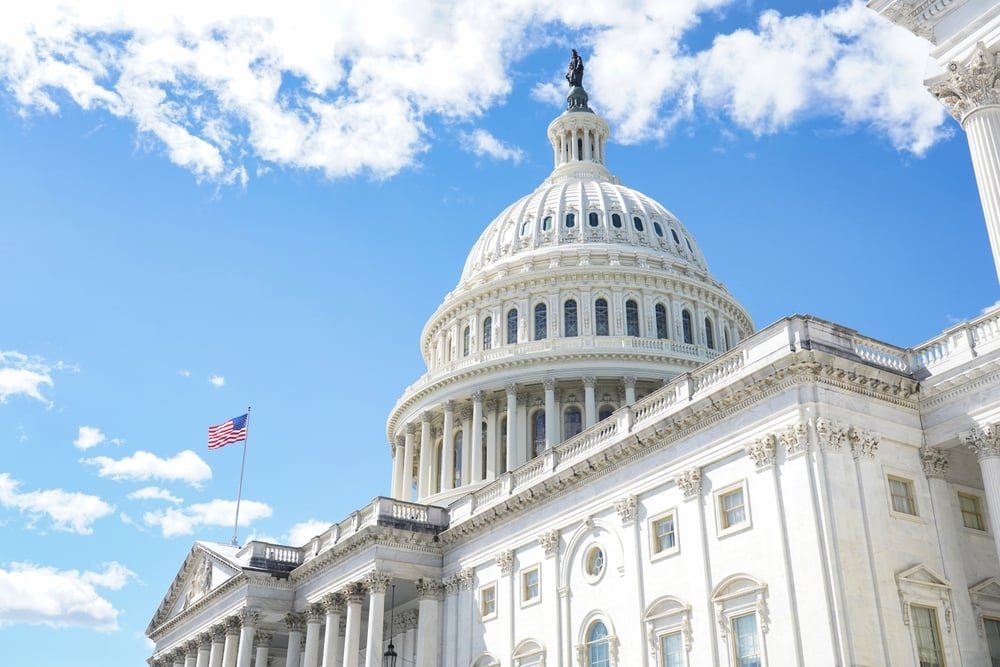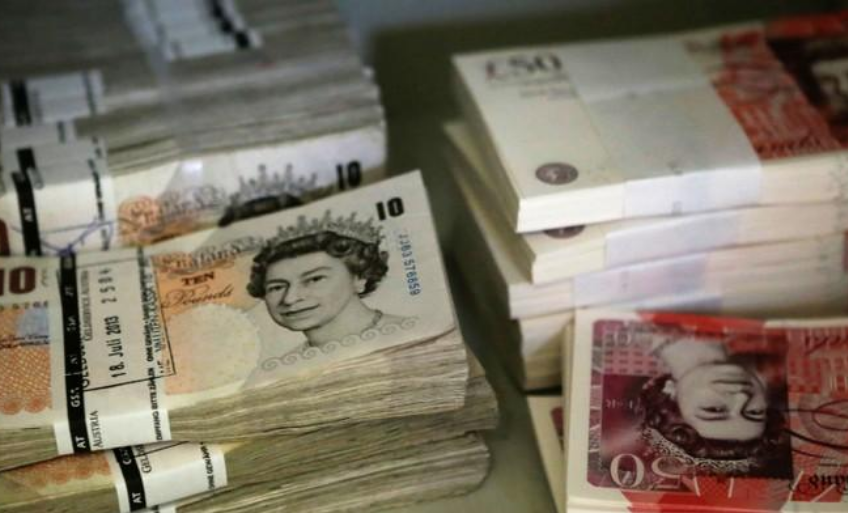Publisher: Maaal International Media Company
License: 465734
Asian shares gain as BOJ defends ultra-easy stance, oil eases on Shanghai lockdown
Japanese shares led gains in Asian stocks on Tuesday as the Bank of Japan (BOJ) defended its ultra-easy monetary policy stance, while oil slid on fears of lower demand from China as Shanghai shut down to combat a COVID-19 surge, Reuters reported.
Japan’s Nikkei (.N225) gained 1.1%, while MSCI’s broadest index of Asia-Pacific shares outside Japan (.MIAPJ0000PUS) rose 0.67%, also helped by the first direct talks between negotiators in the Russia-Ukraine conflict in more than two weeks, even as fighting raged on.
The BOJ vowed to keep monetary policy ultra-loose, offering to buy unlimited amounts of 10-year government bonds to prevent yields in Japan from rising as they are doing elsewhere following U.S. Federal Reserve’s moves to hike interest rates in the face of mounting inflationary pressures.
اقرأ المزيد
The central bank was finding it tough going, however, as the 10-year JGB yield JP10YTN=JBTC stood at 0.245% hovering near the BOJ’s implicit 0.25% cap.
This also weighed on the yen, which was at 123.54 per dollar JPY= even after staging a small recovery from its bruising the day before.
Meanwhile, oil prices weakened as traders expected China’s economy to suffer in the country’s fight against renewed outbreaks of COVID-19.
U.S. crude CLc1 lost 0.7% to $105.17 per barrel and Brent LCOc1 was at $111.65, also down 0.7%.
China’s financial hub of Shanghai on Tuesday tightened the first phase of a two-stage COVID-19 lockdown, after it reported a record 4,381 asymptomatic COVID-19 cases and 96 symptomatic cases for March 28 – though the caseload remains modest by global standards.
Chinese blue chips .CSI300 lost 0.43%, while Hong Kong’s Hang Seng index .HSI rose 0.76%.
Yields on U.S. benchmark 10 year treasury notes US10YT=RR were steady at 2.4716%, little changed on the day due to a pause in the sharp sell-off seen in recent days.
However, two-year yields US2YT=RR rose as far as 8.2 basis points to a nearly three-year peak of 2.421%, causing the gap between two- and 10-year yields to narrow to its tightest since early 2020.









